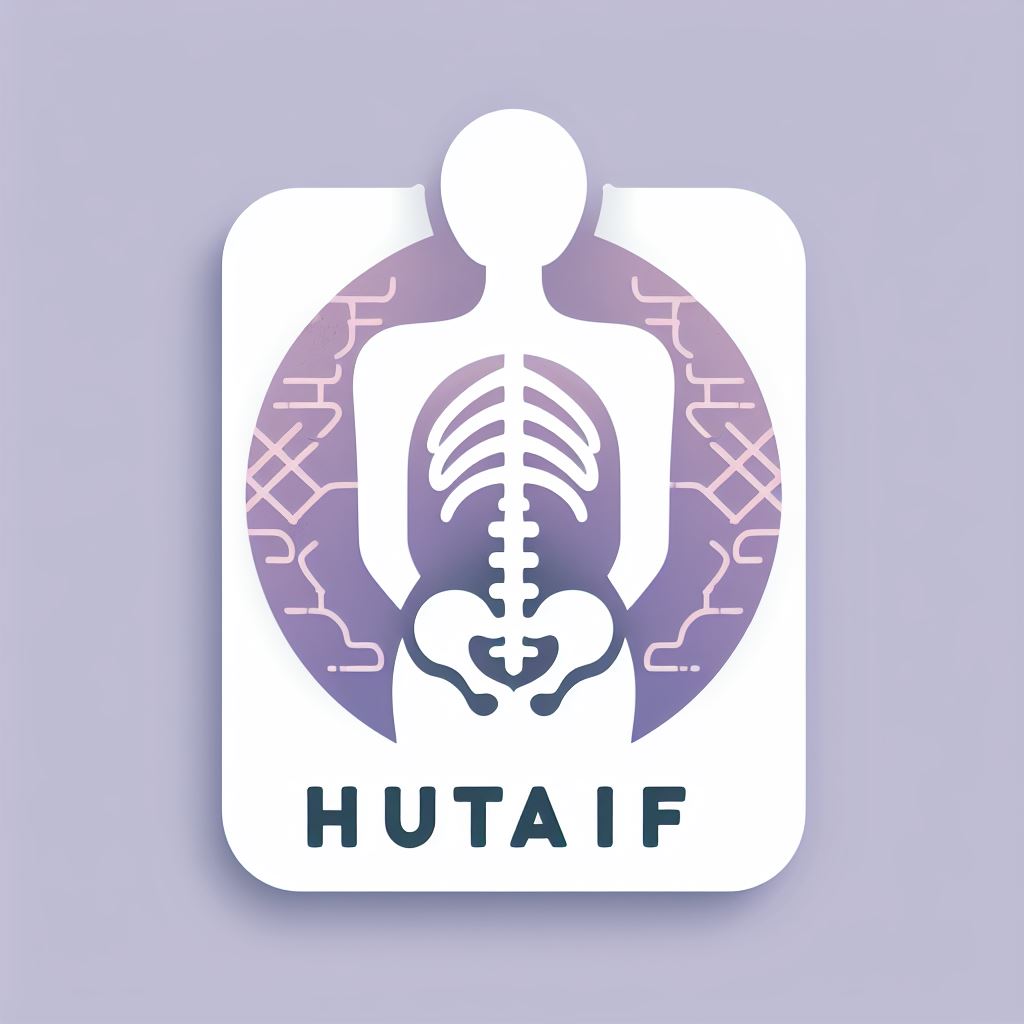Hand CASE 5
CASE 5
A 30-year-old male fell while he was out for a run. He landed awkwardly on his left thenar eminence sustaining an injury to this area. There were some abrasions over the base of the thenar eminence when he presented to the office 3 days later. On examination, you noted that the abrasions were healing, and you obtained a radiograph shown in Figure 4–4.
Figure 4–4
The most likely diagnosis is:
-
Bennett’s fracture
-
Avulsion of the oblique ligament
-
Dislocation of the carpometacarpal (CMC) joint
-
None of the above
Discussion
The correct answer is (A). This injury, in which there is an intra-articular fracture at the base of the first metacarpal accompanied by subluxation of the metacarpal at the CMC joint, is called a Bennett’s fracture-dislocation. The fragment is on the volar ulnar corner, the attachment of the volar-oblique ligament at the CMC joint. The
fragment itself remains in position and is not displaced. The metacarpal shaft is displaced, causing a joint subluxation or dislocation.
The deforming forces on the metacarpal include which of the following?
-
Extensor pollicis brevis
-
Abductor pollicis longus and adductor pollicis
-
Abductor pollicis brevis
-
Extensor pollicis longus
-
All of the above
Discussion
The correct answer is (B). Although the deforming force on the base of the metacarpal is the abductor pollicis longus causing subluxation of the metacarpal base at the CMC joint, the adductor pollicis also can act as a deforming force adducting the head of the metacarpal and thereby narrowing the first web space and influencing the deformity. The abductor pollicis longus has an uncontrolled pull on the first metacarpal base. These fractures are unstable and the metacarpal base can continue to subluxate or dislocate.
The most appropriate next step in the management of this patient would be which of the following?
-
Closed reduction and cast application
-
Closed reduction and splint application
-
Closed reduction and percutaneous pin fixation
-
Open reduction, internal fixation
-
All of the above
Discussion
The correct answer is (E). In fractures that are either undisplaced or minimally displaced and the joint is not subluxed to a large extent, it is possible to perform a closed reduction and a carefully molded cast or splint may be able to hold the reduction. However, due to the instability of this injury, oftentimes it is not possible to hold this injury for the 4-week period that it would take for the fracture to heal. Therefore, the most common, appropriate step would be to splint the patient in the emergency room and advise them of the possibility for surgical fixation. The choice of surgical fixation is variable and largely surgeon-dependent. There is no data to suggest the superiority of one technique over another. The simplest
technique would be to perform a closed reduction and pin it such that the fracture is allowed to heal and the joint is held in the reduced position for a period of 4 to 6 weeks in a short-arm cast. The pin is then pulled, and rehabilitation commences. Open reduction internal fixation also remains a viable option. However, it does require a much larger procedure, and in situations where the fragments are extremely small, screws may not obtain an adequate purchase. In the case shown here, the fragment was large enough that it was possible to fix internally with the help of screws.
The reduction maneuver for this fracture consists of which of the following?
-
Abduction at the CMC joint
-
Pronation of the metacarpal
-
Pressure on the base of the metacarpal
-
All of the above
Discussion
The correct answer is (D). the metacarpal is displaced such that it is migrating proximally. Therefore, length has to be restored with the help of traction. Once length is restored, the metacarpal has to be brought back into the joint by placing pressure on the metacarpal base. As explained before, the adductor pollicis can cause the head of the metacarpal to adduct into the web space. Therefore, abduction allows the metacarpal base to achieve proximity with the Bennett fragment. Finally, the metacarpal must be pronated so that the fracture surfaces are allowed to approximate each other. Therefore, the correct maneuver consists of: traction; abduction of the metacarpal; pressure at the base; pronation of the metacarpal, allowing accurate approximation of fracture surfaces; and then pinning of the joint. Pinning of the fragment is not mandatory. Simply holding the joint in the reduced position so that the fragment and the parent bone are well approximated allows the fracture to unite uneventfully and the joint to be stabilized.
Objectives: Did you learn...?
Pinpoint the radiographic features of a Bennett’s fracture? Determine the deforming forces on the metacarpals?
Perform the reduction maneuvers for Bennett’s fractures?

